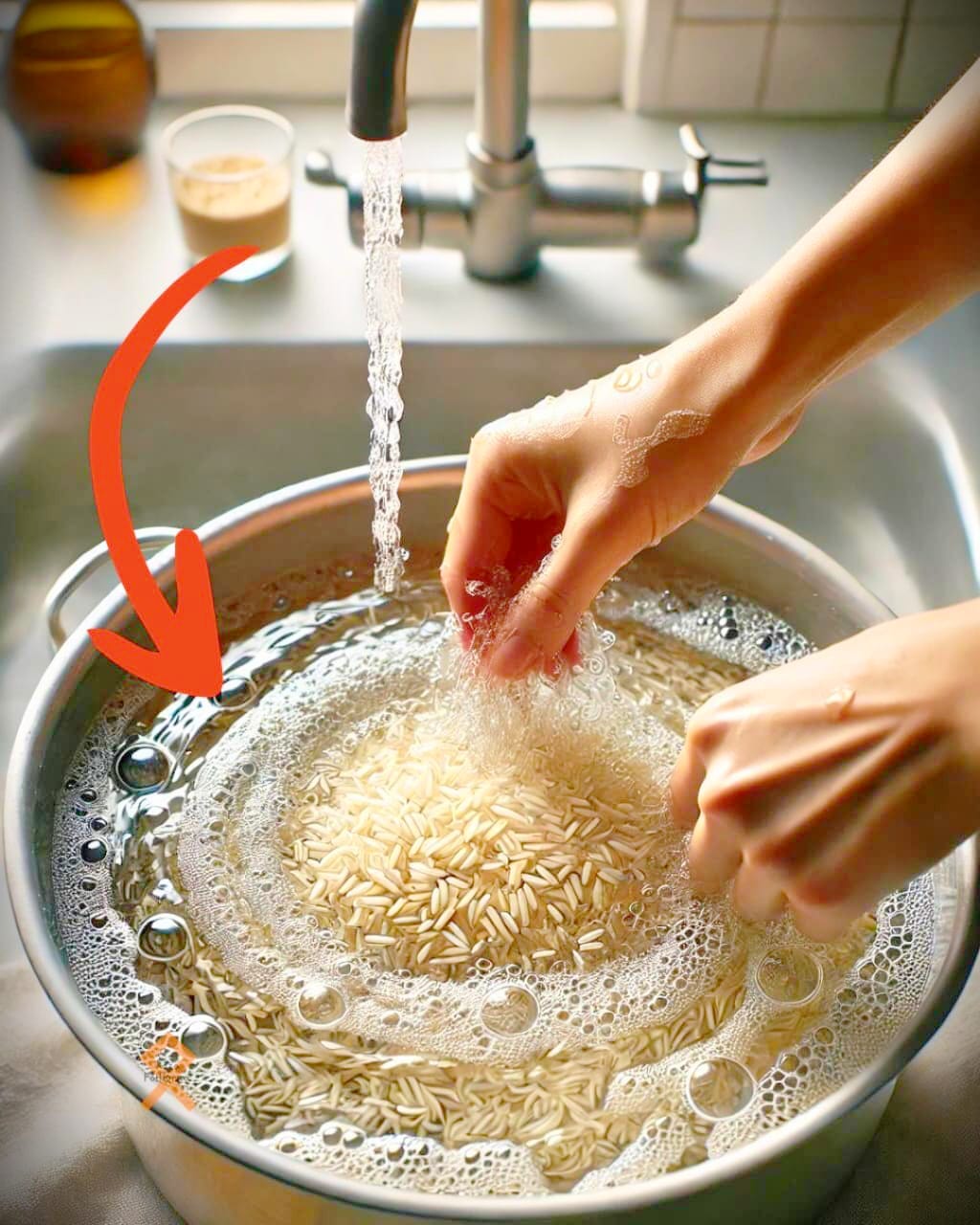It should be taken into account specifically that rice is a food full of starch, a substance that can sometimes work against the expectations of the cook.
When the rice grains are passed through a sieve with a lot of water, they release the starch layer that covers them and, as a result, their behavior during the cooking time will not be the same.
Another point to consider is that not all types of rice have the same amount of dilution. These large, medium or long ones have a moderate amount of water that provides the birds with a second.
On the other hand, short grains have much more starch and, since they are ideal for preparing risotto, we should not rinse them, this is an essential requirement.
This is why polished white rice does not need to be washed, because it loses its nutrients when washed by water. Washed rice becomes very sticky when cooked.
For example, with regard to brown rice, washing has less impact on the nutrients. Since the grains are packed in their protective layer, they lose fewer vitamins and minerals when washed.
So we need to understand that this supposed white dust that the water will remove when washing the rice is not dirt or chemicals, and there is nothing to worry about. It is simply the rice itself and its components.
